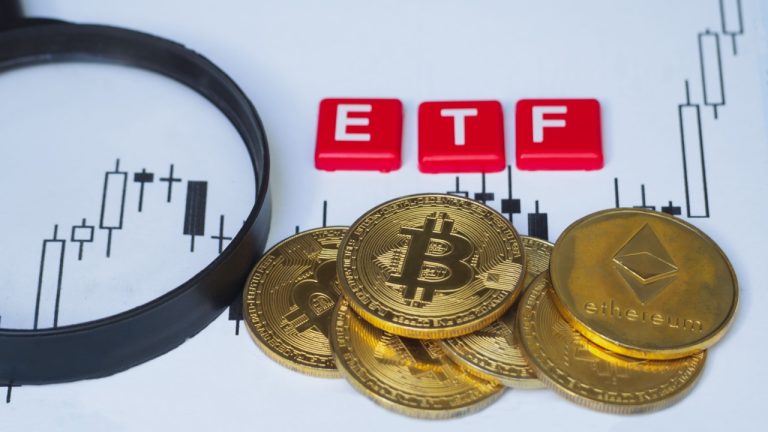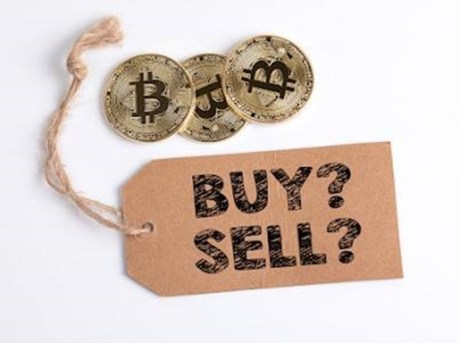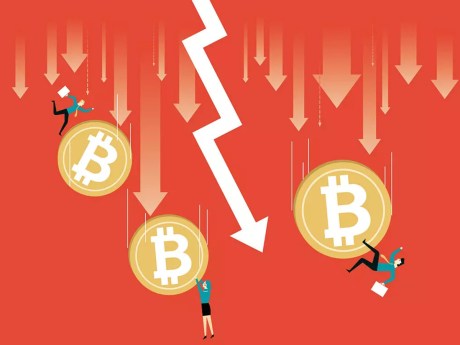There’s a new survey that has been conducted by Kaspersky notes that 24% of the respondents said they currently own crypto assets. Check out the latest info about the matter below.
Kaspersky Study reveals news about fraud victimsAccording to the study, a third of the digital asset owners reported to have fallen victim to a fraudulent crypto-related website or investment scam. Among that group of respondents, 19% reported experiencing identity theft.
Of the respondents who said they have had crypto stolen, the average theft amount was $97,583, according to Kaspersky’s study.
Marc Rivero who is a senior security researcher at Kaspersky’s Global Research and Analysis Team, says there is a “long list” of threats in the crypto ecosystem that investors need to be wary of.
“Without any regulation or established common knowledge, people need to take care to protect themselves. This survey data shows a lot of people are falling victim, getting their crypto stolen in many cases, and in many others, losing real money and experiencing identity theft.”
He continued and said the following:
“Users should be very careful where they invest their money, keeping a close eye out for phishing scams and fake websites. They should employ any extra security measures that are available to them, such as multi-factor authentication, and should use strong, unique passwords across all accounts.”
Institutional money pouting into cryptoDigital assets manager CoinShares said the fact that institutional crypto investment products finally ended their six consecutive weeks of outflows last week in a big way.
In its latest Digital Asset Fund Flows Weekly Report, CoinShares finds that institutional crypto investment products saw the highest inflows in over eight months.
“Digital asset investment products saw inflows totaling US$160m, the largest since July 2022. A marked turnaround following 6 weeks of outflows that totaled US$408m. While the inflows came relatively late compared to the broader crypto market, we believe it is due to increasing fears amongst investors for stability in the traditional finance sector.”




















